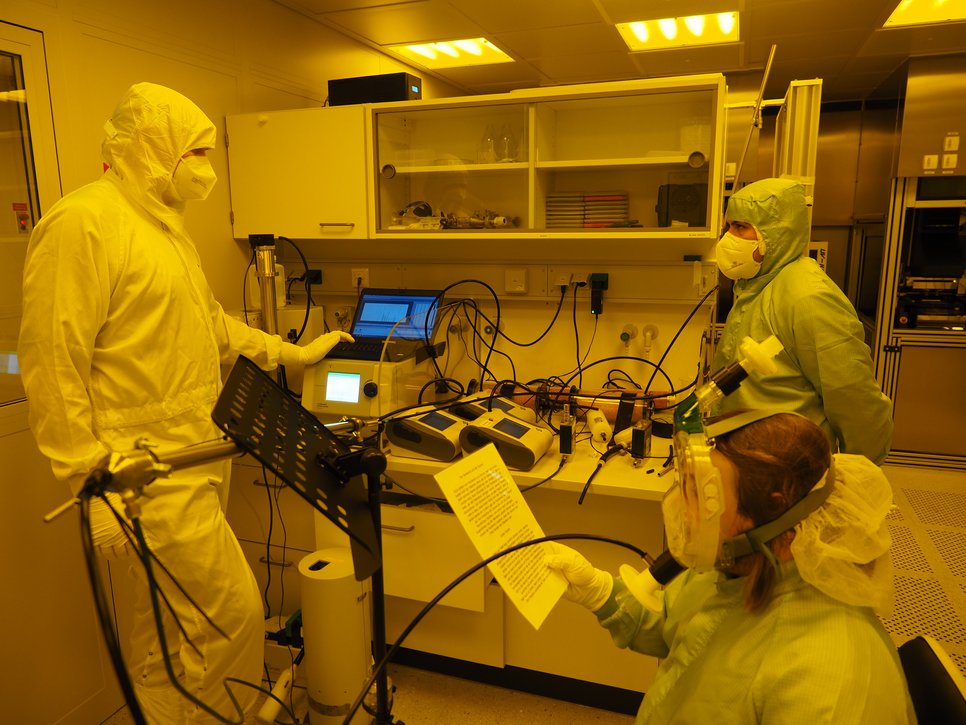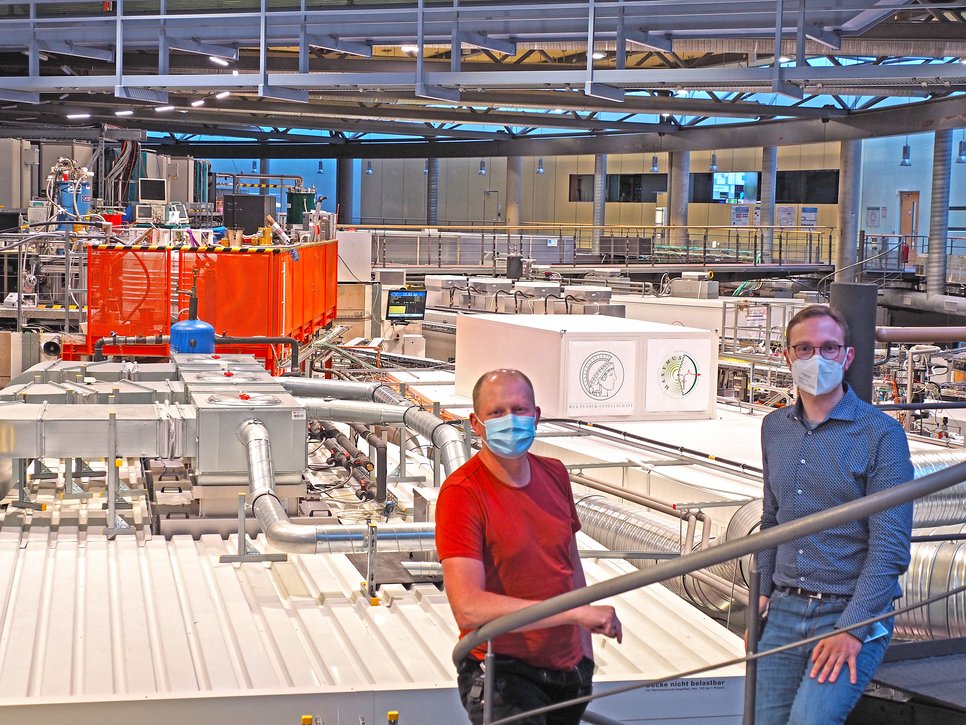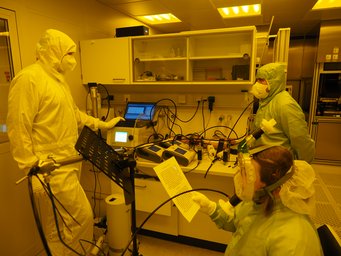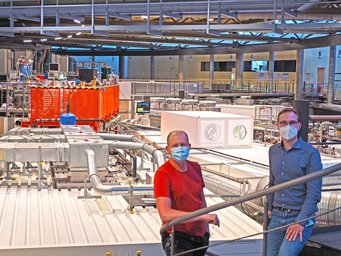Synchrotrons accelerate corona research
Researchers from Mainz use short-wave photons to study the distribution of aerosol particles when singing, speaking or coughing
To fight COVID-19, we need vaccines and medicine, and to develop these, we need to know the SARS-CoV-2 virus in detail. The virus cannot be seen with a normal light microscope, since it is smaller than the wavelength of visible light. Synchrotrons can produce the short-wave photons or X-rays required. It is of great advantage that we have an outstanding research infrastructure established in the last decades, both in Germany and abroad with German participation. Synchrotron light source facilities include PETRA III and FLASH at the German Electron Synchrotron (DESY) in Hamburg, BESSY II at the Helmholtz Centre Berlin (HZB), European XFEL near Hamburg or ESRF in Grenoble, France. They allow the virus to be imaged with atomic precision.

“The special feature of these large-scale research facilities is that a large community of users can work on their burning questions there. The supply of state-of-the-art methods makes synchrotrons extremely attractive, also and especially for corona research“, says Prof. Dr. Jan-Dierk Grunwaldt (KIT), chair of the German Committee Research with Synchrotron Radiation (KFS).
The heart of a synchrotron is a particle accelerator which accelerates electrons to almost the speed of light. Special magnets deflect the electrons from their trajectory in the synchrotron as they are slowed down, they emit energy in the form of light. These photons, which cover a wide range from infrared to X-ray, are used to study chemical processes, cells and molecules, but also, for example, the spread of aerosol particles or the extent of damage to the lung tissue of COVID patients.
Shortly after the genome of the novel coronavirus SARS-CoV2 was published in early 2020, the first studies started at German synchrotron radiation sources. While synchrotron measurement time normally has to be applied for several months in advance, the synchrotron radiation sources set up a fast-track procedure for coronavirus researchers. They maintained operation for these projects even during the lockdown. This allowed a wide variety of projects to be conducted, for example the research of scientists at the Max Planck Institute for Chemistry in Mainz.
Dispersion of aerosol particles under investigation

A team from the MPI for Chemistry in Mainz and the MPI for Dynamics and Self-Organization in Göttingen is using microspectroscopy at BESSY II to study the emission and properties of aerosol particles during various activities such as speaking, singing or coughing, in order to better understand their role in the transmission of pathogens.
For their research, Christopher Pöhlker's team also collaborates with Markus Weigand from the Institute of Nanospectroscopy at Helmholtz Zentrum Berlin. The researchers use the scanning transmission X-ray microscope MAXYMUS for their samples. (More information here: https://www.helmholtz-berlin.de/pubbin/igama_output?modus=einzel&sprache=de&gid=1885)
In November 2021, further measurements on the topic of aerosol particles are planned at MAXYMUS.

